Home>Gardening & Outdoor>Outdoor Structures>How Much Weight Can An Aluminum Pergola Hold?
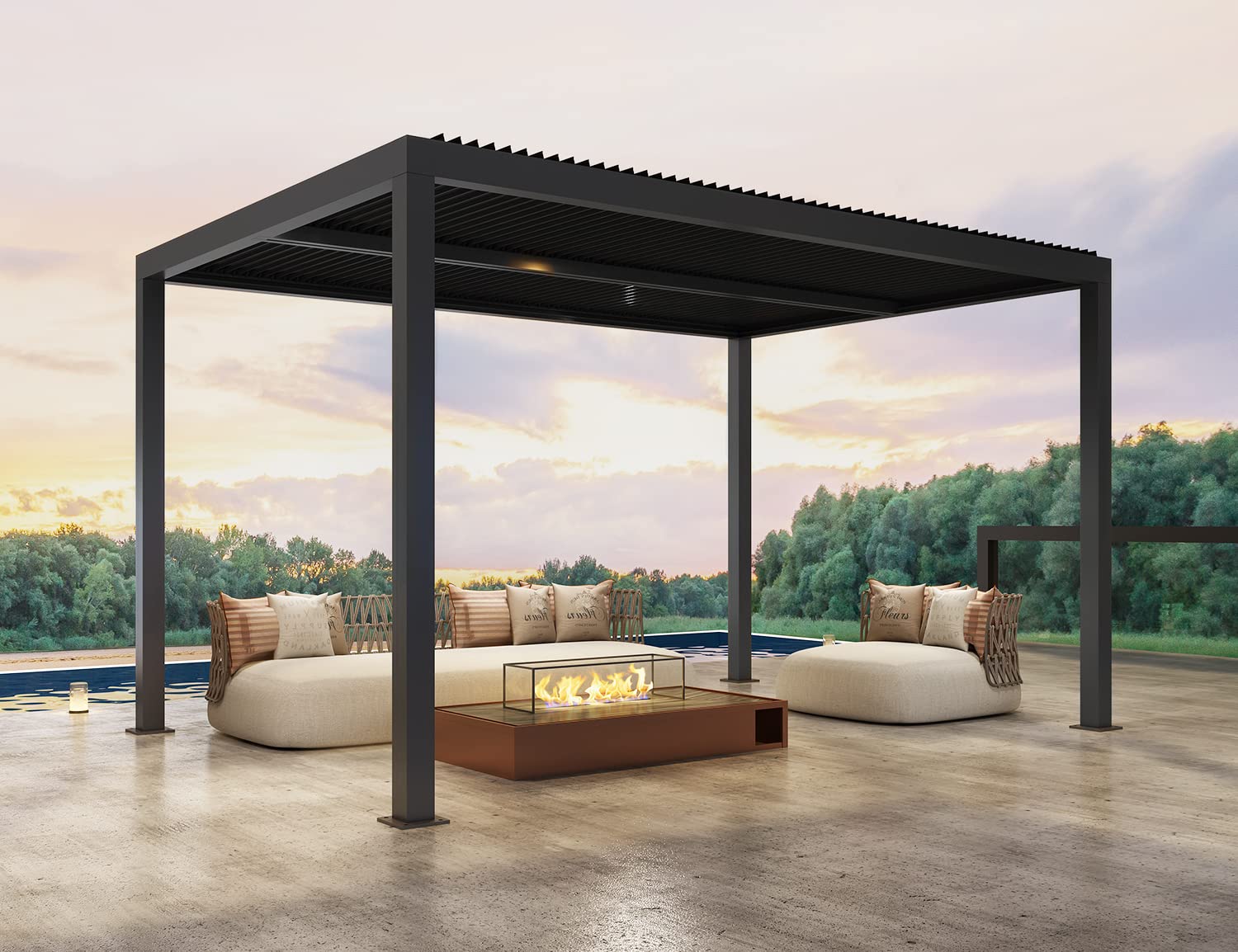

Outdoor Structures
How Much Weight Can An Aluminum Pergola Hold?
Published: January 19, 2024
Discover the weight capacity of aluminum pergolas and ensure their durability for your outdoor structures. Learn how much weight they can safely hold.
(Many of the links in this article redirect to a specific reviewed product. Your purchase of these products through affiliate links helps to generate commission for Storables.com, at no extra cost. Learn more)
Introduction
So, you're considering adding an aluminum pergola to your outdoor space. It's a fantastic choice! Not only does it create a charming and functional area for relaxation and entertainment, but it also adds a touch of elegance to your property. However, before you embark on this exciting outdoor enhancement journey, it's crucial to understand the weight capacity of an aluminum pergola.
Aluminum pergolas are renowned for their durability, low maintenance, and versatility. They are designed to withstand the elements while providing a beautiful and comfortable outdoor living space. One of the key concerns for anyone considering an aluminum pergola is its weight capacity. Understanding how much weight an aluminum pergola can hold is essential for ensuring the safety and longevity of your investment.
In this comprehensive guide, we will delve into the intricacies of aluminum pergolas, explore the factors that influence their weight capacity, determine their maximum weight-bearing capabilities, and provide valuable tips for ensuring the safety of your aluminum pergola. By the end of this journey, you will be equipped with the knowledge needed to make informed decisions and fully enjoy the benefits of your aluminum pergola. Let's embark on this enlightening exploration together!
Key Takeaways:
- Aluminum pergolas are durable, low-maintenance, and versatile outdoor structures designed to withstand substantial weight. Understanding their weight capacity empowers homeowners to enhance their outdoor spaces safely and confidently.
- Factors such as material strength, design, and local building codes influence the weight capacity of aluminum pergolas. By following safety tips and manufacturer guidelines, homeowners can customize their pergolas while prioritizing structural integrity and longevity.
Read more: How Much Weight Can Attic Hold
Understanding Aluminum Pergolas
Aluminum pergolas have gained immense popularity in the realm of outdoor structures, and for good reason. These versatile and stylish additions offer a plethora of benefits, making them a favored choice for homeowners seeking to enhance their outdoor living spaces.
First and foremost, aluminum pergolas are prized for their exceptional durability. Unlike wood, aluminum does not rot, warp, or succumb to insect damage, ensuring that your pergola retains its structural integrity for years to come. Additionally, aluminum is highly resistant to rust and corrosion, making it an ideal material for outdoor applications, especially in regions with diverse weather conditions.
Besides their remarkable durability, aluminum pergolas are celebrated for their low maintenance requirements. Unlike wood, which demands regular staining, sealing, and upkeep to preserve its appearance and structural soundness, aluminum pergolas necessitate minimal maintenance. A simple occasional rinse with soapy water and a soft brush is typically all that is needed to keep an aluminum pergola looking pristine.
Furthermore, aluminum pergolas offer unparalleled versatility in terms of design and customization. They can be tailored to complement a wide array of architectural styles and outdoor settings, allowing homeowners to express their unique aesthetic preferences. Whether you envision a modern, sleek pergola or a more traditional and ornate design, aluminum can be crafted to fulfill your vision.
Another significant advantage of aluminum pergolas is their lightweight nature. This characteristic not only simplifies installation but also plays a crucial role in determining their weight capacity. The inherent strength-to-weight ratio of aluminum contributes to the overall robustness of the pergola while ensuring that it remains relatively lightweight.
By comprehending the exceptional attributes of aluminum pergolas, you can appreciate why they are a popular choice for outdoor living spaces. Their durability, low maintenance, versatility, and lightweight nature make them an attractive and practical option for homeowners seeking to elevate their outdoor environments.
Factors Affecting Weight Capacity
When determining the weight capacity of an aluminum pergola, several key factors come into play. Understanding these factors is crucial for assessing the pergola’s ability to support additional weight, such as hanging plants, lighting fixtures, or retractable canopies, without compromising its structural integrity.
- Material Strength: The strength of the aluminum used in the construction of the pergola significantly influences its weight capacity. High-quality, aerospace-grade aluminum boasts exceptional strength, enabling the pergola to bear substantial loads without deformation or stress.
- Profile Design: The design of the aluminum profiles, including their shape, thickness, and structural reinforcements, directly impacts the pergola’s weight-bearing capabilities. Robust, well-engineered profiles contribute to enhanced load-bearing capacity.
- Connection Hardware: The hardware and fastening systems employed in assembling the pergola play a critical role in determining its overall strength and stability. Secure and durable connections are essential for ensuring the integrity of the structure under added weight.
- Span and Overhang: The span and overhang dimensions of the pergola affect its weight capacity. Longer spans and larger overhangs may necessitate additional reinforcement to maintain the structural soundness of the pergola when subjected to increased loads.
- Additional Attachments: Any additional features or attachments, such as retractable canopies, curtains, or hanging plants, contribute to the overall load exerted on the pergola. Considering the combined weight of these elements is vital for evaluating the pergola’s capacity.
- Local Building Codes: Adhering to local building codes and regulations is imperative when assessing the weight capacity of an aluminum pergola. These codes often stipulate minimum structural requirements and load capacities to ensure safety and compliance.
By taking these factors into account, you can gain a comprehensive understanding of the elements that influence the weight capacity of an aluminum pergola. This knowledge empowers you to make informed decisions regarding the addition of accessories and enhancements while maintaining the structural integrity and safety of your pergola.
When considering the weight capacity of an aluminum pergola, it’s important to check the manufacturer’s specifications and guidelines. Typically, aluminum pergolas can hold a significant amount of weight, but it’s best to consult with the manufacturer or a structural engineer to ensure safety.
Maximum Weight Capacity of Aluminum Pergolas
Aluminum pergolas are engineered to withstand a considerable amount of weight while maintaining their structural integrity and stability. The maximum weight capacity of an aluminum pergola is influenced by various factors, including the quality of materials, design specifications, and adherence to industry standards.
Typically, well-constructed aluminum pergolas can support static loads ranging from 20 to 40 pounds per square foot, depending on the specific design and engineering. This weight capacity encompasses the combined weight of the pergola’s components, such as the main framework, roof panels, and any integrated features, in addition to potential accessories and enhancements.
It’s important to note that the maximum weight capacity may vary among different aluminum pergola models and manufacturers. Before installing any additional features or accessories that exert a significant load on the pergola, it is advisable to consult the manufacturer’s specifications and guidelines to ensure that the intended modifications fall within the permissible weight limits.
Moreover, professional installation and adherence to the manufacturer’s recommendations are paramount for upholding the structural integrity and load-bearing capacity of an aluminum pergola. Proper assembly, secure fastening, and compliance with local building codes contribute to the overall safety and performance of the structure.
When considering the maximum weight capacity of an aluminum pergola, it’s essential to factor in the intended use and potential additions to the structure. Whether incorporating hanging plants, decorative lighting, or other embellishments, it’s prudent to assess their collective weight and the impact on the pergola’s load-bearing capabilities.
By understanding the maximum weight capacity of aluminum pergolas and the variables that influence it, homeowners can make informed decisions when customizing and enhancing their outdoor living spaces. This knowledge empowers individuals to create inviting and functional environments while prioritizing safety and structural resilience.
Tips for Ensuring Safety
Ensuring the safety and structural integrity of an aluminum pergola is paramount when considering additional loads and modifications. By implementing the following tips, homeowners can confidently enhance their pergolas while prioritizing safety and longevity.
- Consult Manufacturer Guidelines: Before adding any accessories or making modifications, refer to the manufacturer’s guidelines and specifications regarding permissible weight limits and recommended installation practices. Adhering to these guidelines is essential for maintaining the structural integrity of the pergola.
- Professional Installation: Engage professional installers who are experienced in working with aluminum pergolas. Proper installation, including secure anchoring and precise assembly, is crucial for ensuring the stability and load-bearing capacity of the structure.
- Regular Inspections: Periodically inspect the pergola for signs of wear, loose fasteners, or structural compromise. Timely maintenance and repairs can prevent potential hazards and prolong the lifespan of the pergola.
- Consider Lightweight Accessories: When selecting accessories such as lighting fixtures, fans, or decorative elements, opt for lightweight options that minimize additional loads on the pergola. Lightweight accessories reduce the strain on the structure while enhancing its aesthetic appeal.
- Anchor Securely: If integrating features such as retractable canopies or curtains, ensure that they are securely anchored to the pergola to prevent undue stress on the framework. Follow the manufacturer’s recommendations for proper attachment and tensioning.
- Monitor Environmental Conditions: Be mindful of environmental factors such as heavy snow accumulation or strong winds, which can impose dynamic loads on the pergola. Take appropriate precautions during adverse weather conditions to safeguard the structure.
- Comply with Building Codes: Adhere to local building codes and regulations when customizing or enhancing the pergola. Compliance with structural requirements and load capacities specified in building codes is essential for ensuring safety and legal conformity.
- Regular Cleaning and Maintenance: Routinely clean the pergola and inspect its components for signs of corrosion, damage, or wear. Address any maintenance issues promptly to uphold the pergola’s structural soundness.
By conscientiously implementing these safety measures, homeowners can enjoy their aluminum pergolas with confidence, knowing that the structure is equipped to accommodate additional features and loads while upholding safety standards and durability.
Read more: How Much Weight Can A Ladder Hold
Conclusion
In conclusion, the weight capacity of an aluminum pergola is a critical consideration for homeowners seeking to enhance their outdoor spaces with functional and aesthetically pleasing structures. Understanding the factors that influence weight capacity, the maximum load-bearing capabilities, and essential safety measures empowers individuals to make informed decisions and enjoy their aluminum pergolas with confidence.
Aluminum pergolas, renowned for their durability, low maintenance, and versatility, offer a compelling solution for creating inviting outdoor living environments. Their lightweight nature, coupled with exceptional strength and resistance to corrosion, makes them an ideal choice for homeowners seeking long-lasting and visually appealing outdoor structures.
By comprehending the nuances of aluminum pergolas and the variables that impact their weight capacity, homeowners can confidently customize and enhance their pergolas while prioritizing safety and structural integrity. Consulting manufacturer guidelines, engaging professional installers, and adhering to recommended maintenance practices are fundamental in ensuring the longevity and performance of aluminum pergolas.
Ultimately, the allure of an aluminum pergola lies not only in its functional attributes but also in its capacity to accommodate additional features and embellishments that enrich outdoor living experiences. With careful consideration of weight limits, proper installation, and diligent maintenance, homeowners can transform their outdoor spaces into captivating retreats while relishing the enduring beauty and functionality of their aluminum pergolas.
Embracing the knowledge presented in this guide equips homeowners with the insights needed to optimize the safety, performance, and aesthetics of their aluminum pergolas, ultimately enhancing their outdoor living experiences and creating cherished moments in captivating outdoor settings.
Frequently Asked Questions about How Much Weight Can An Aluminum Pergola Hold?
Was this page helpful?
At Storables.com, we guarantee accurate and reliable information. Our content, validated by Expert Board Contributors, is crafted following stringent Editorial Policies. We're committed to providing you with well-researched, expert-backed insights for all your informational needs.
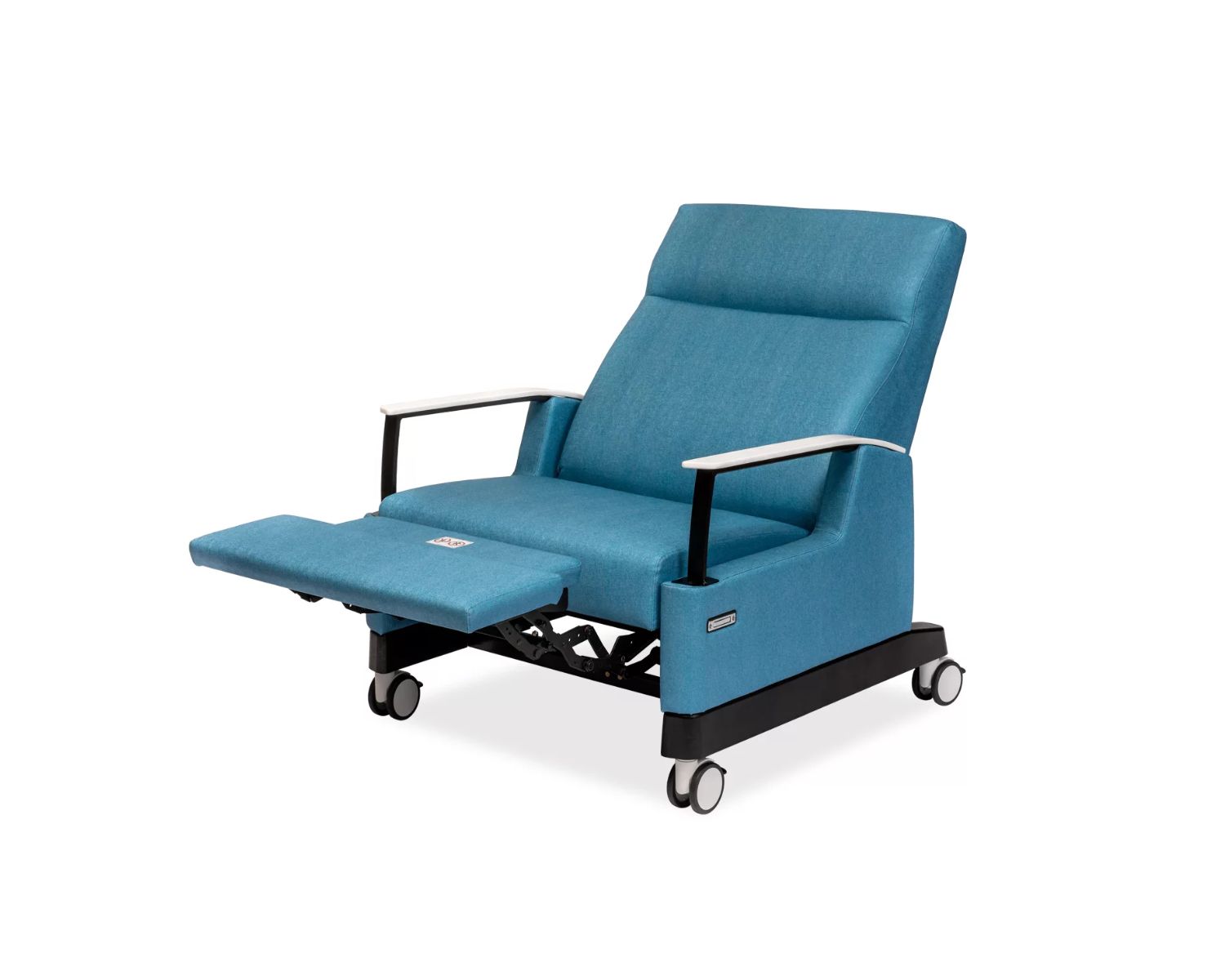
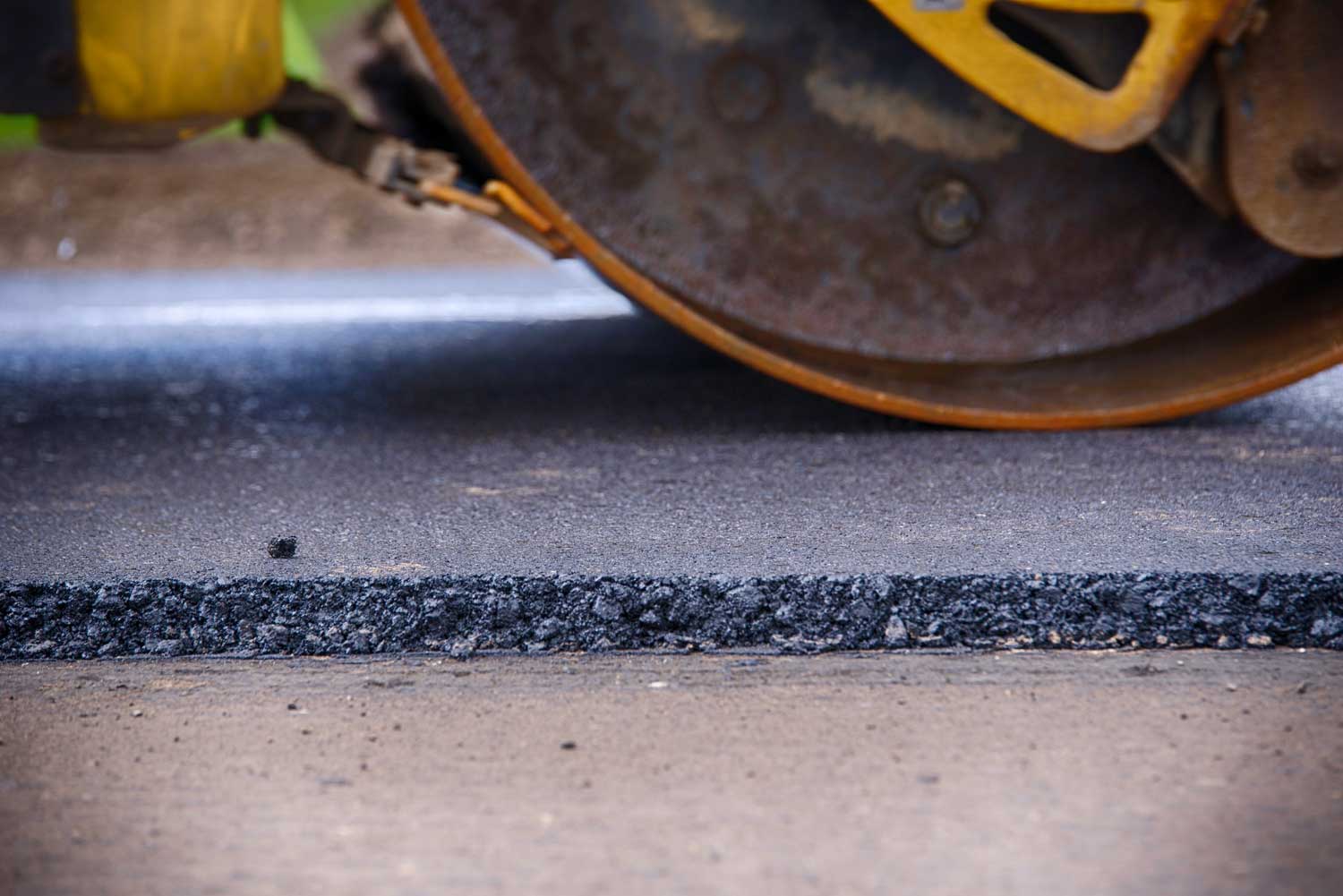
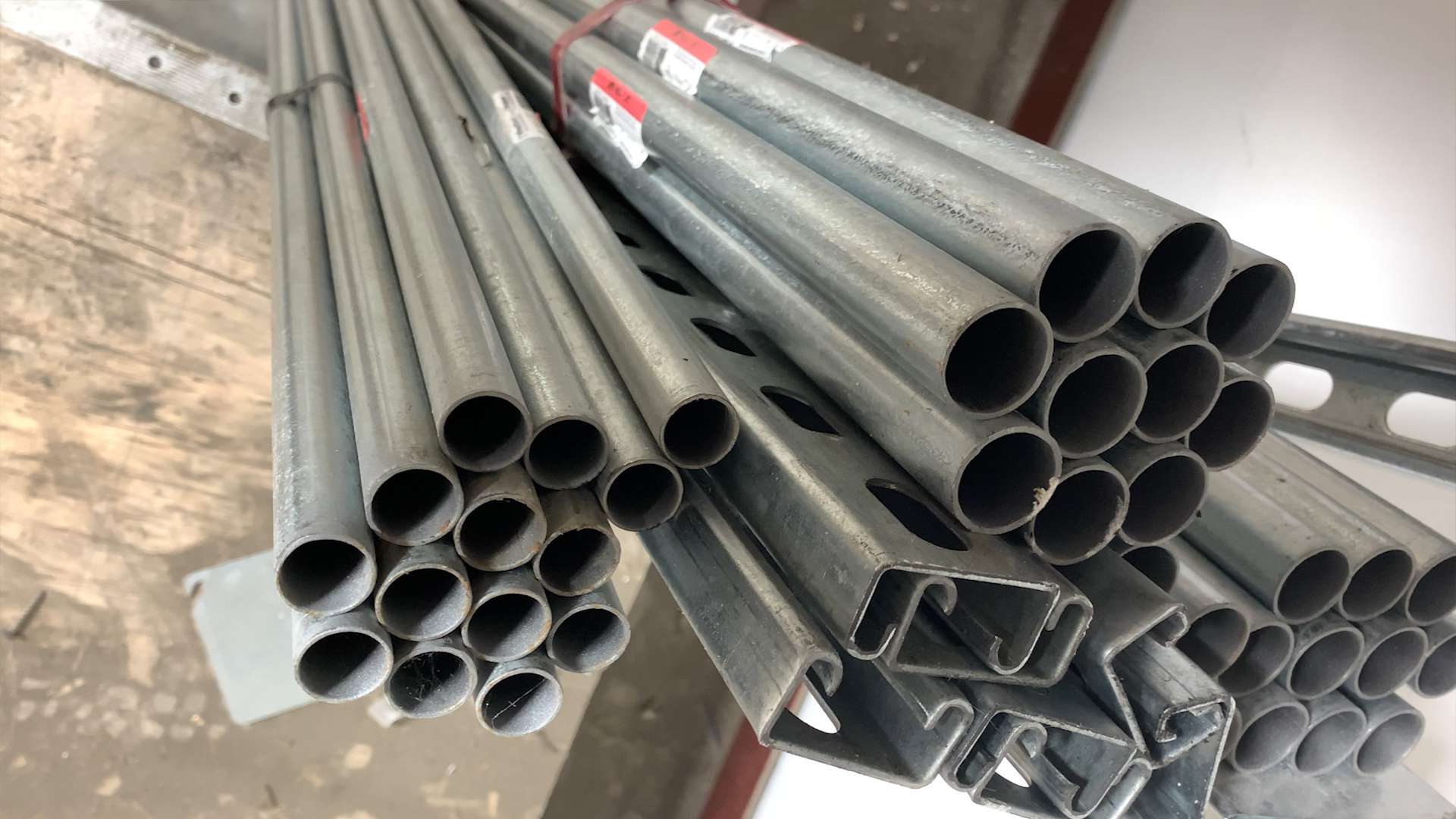

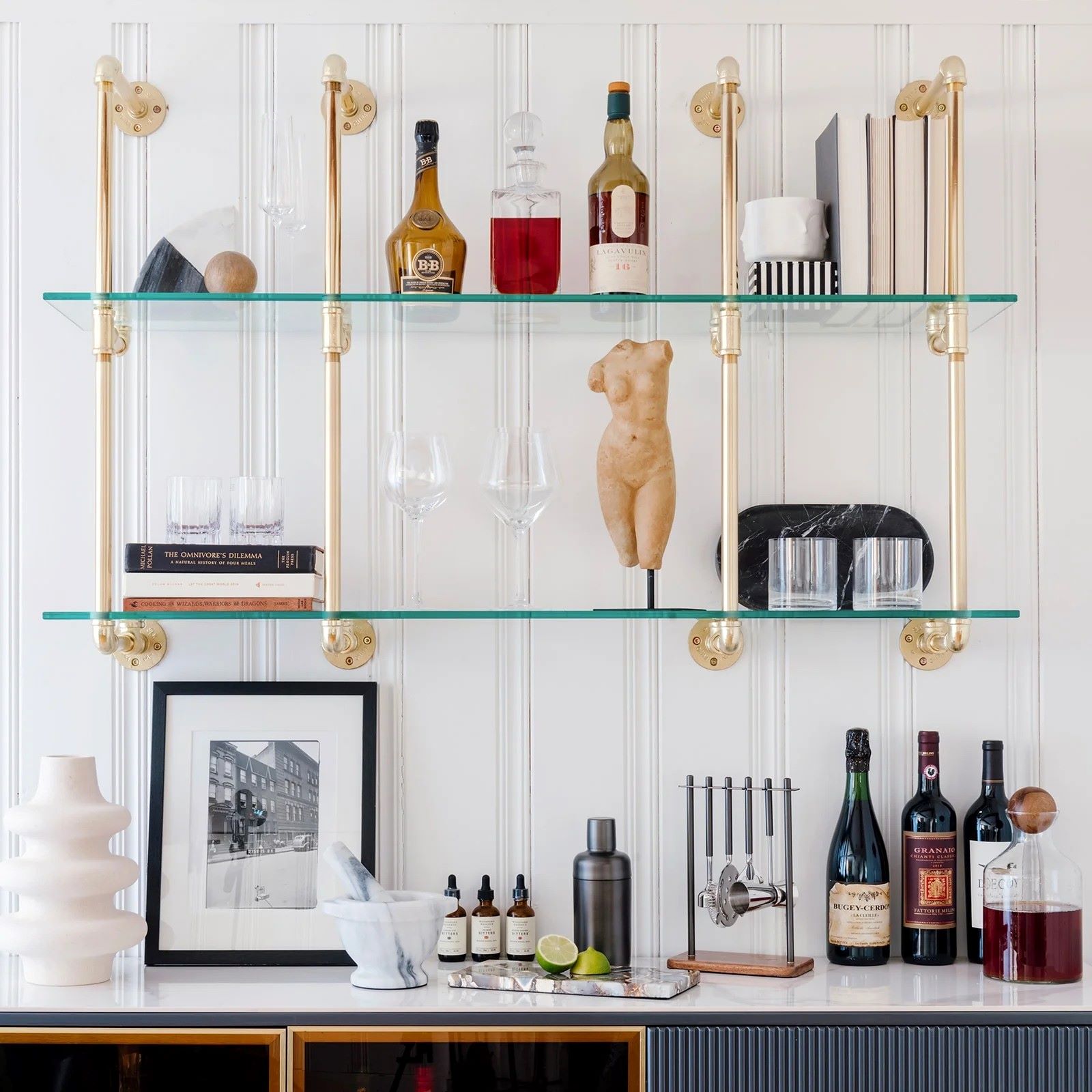
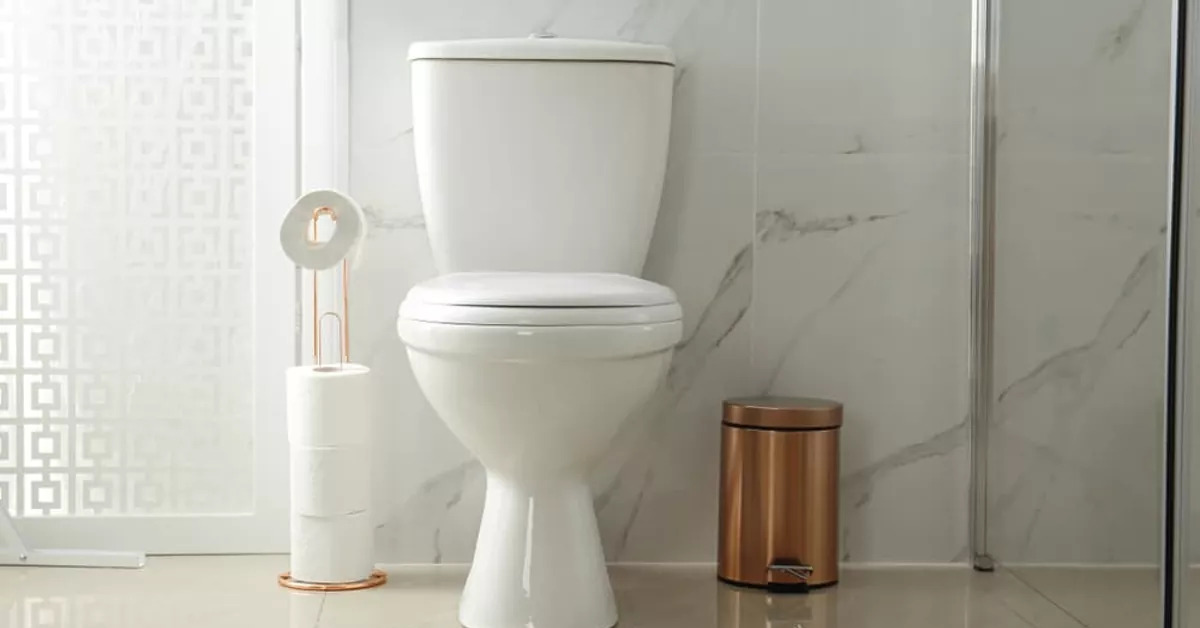
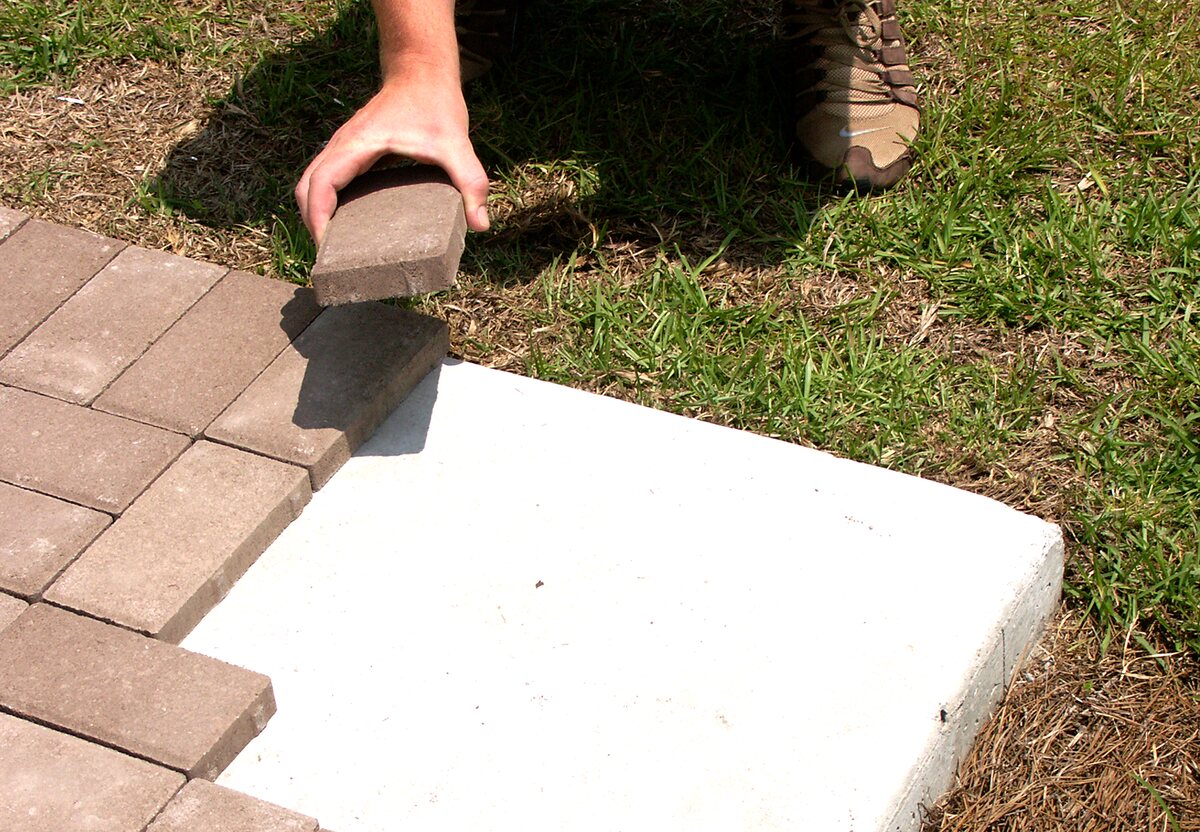

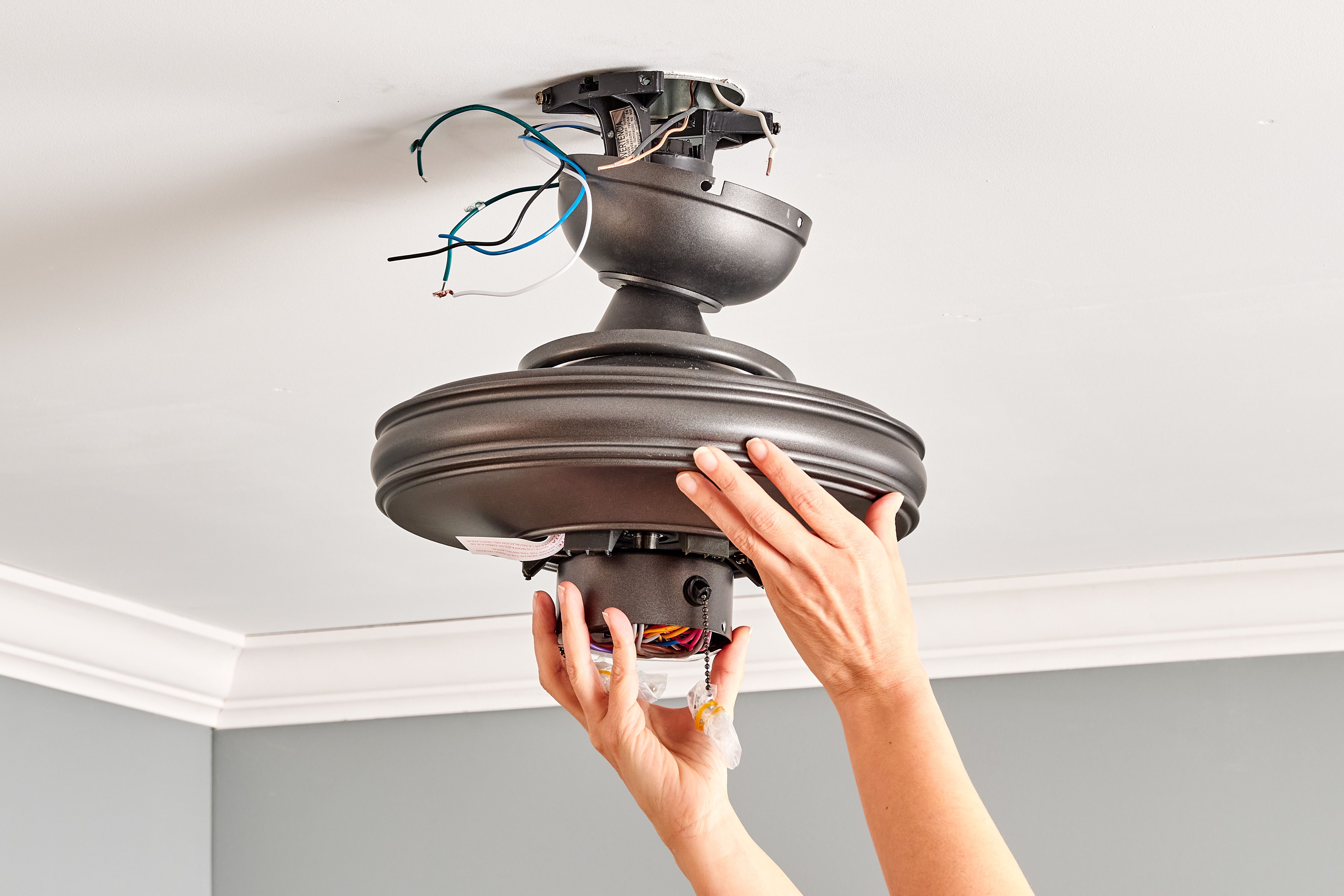
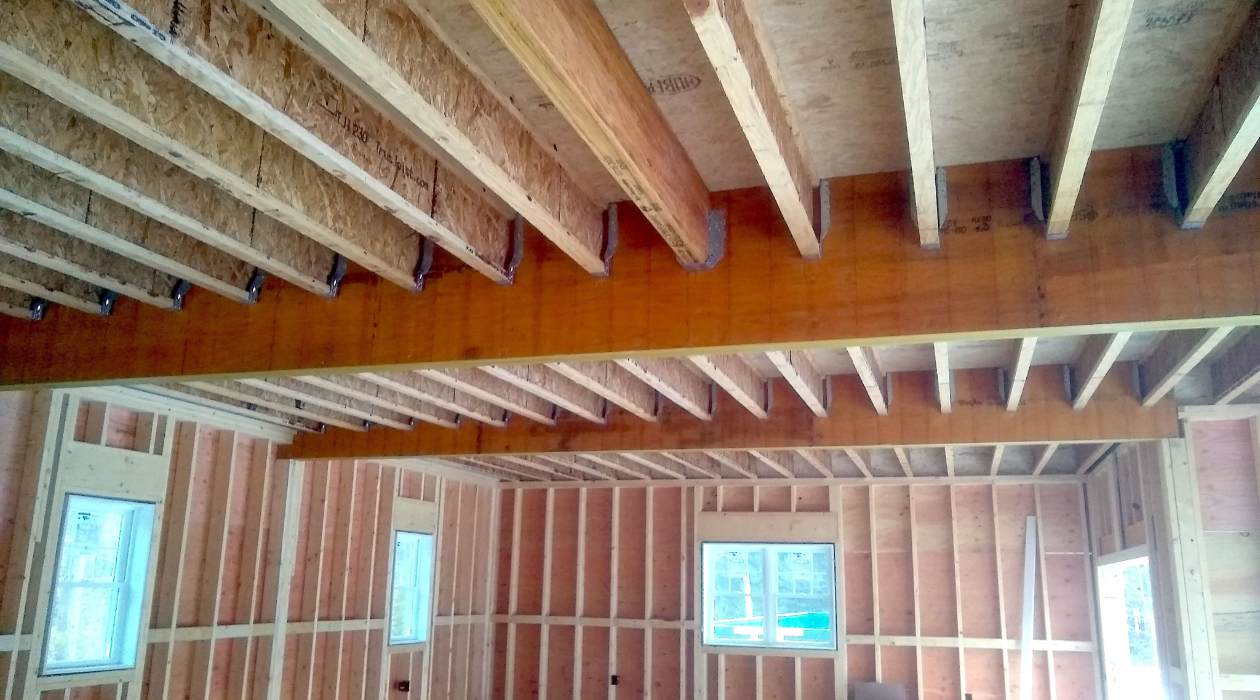
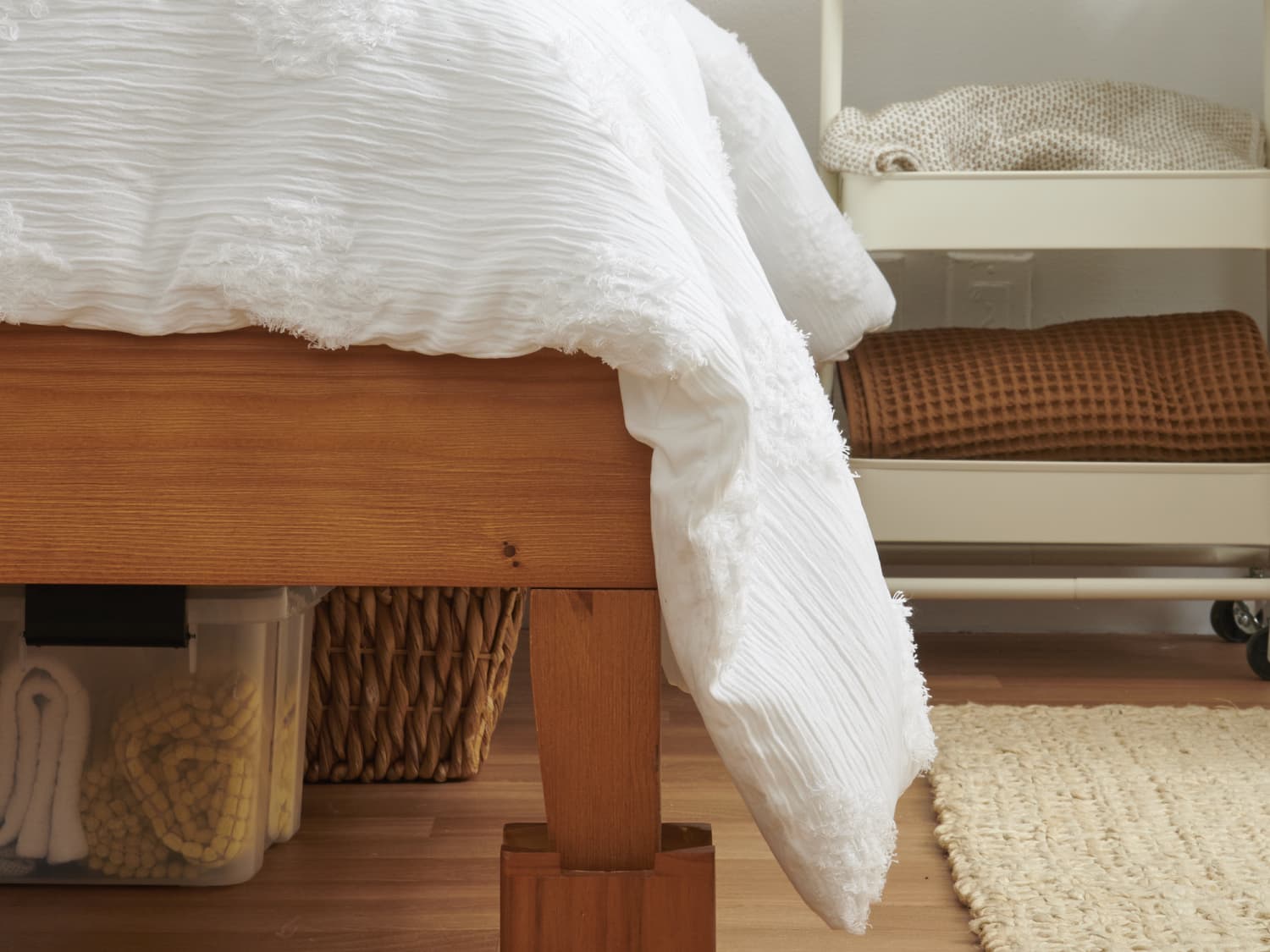
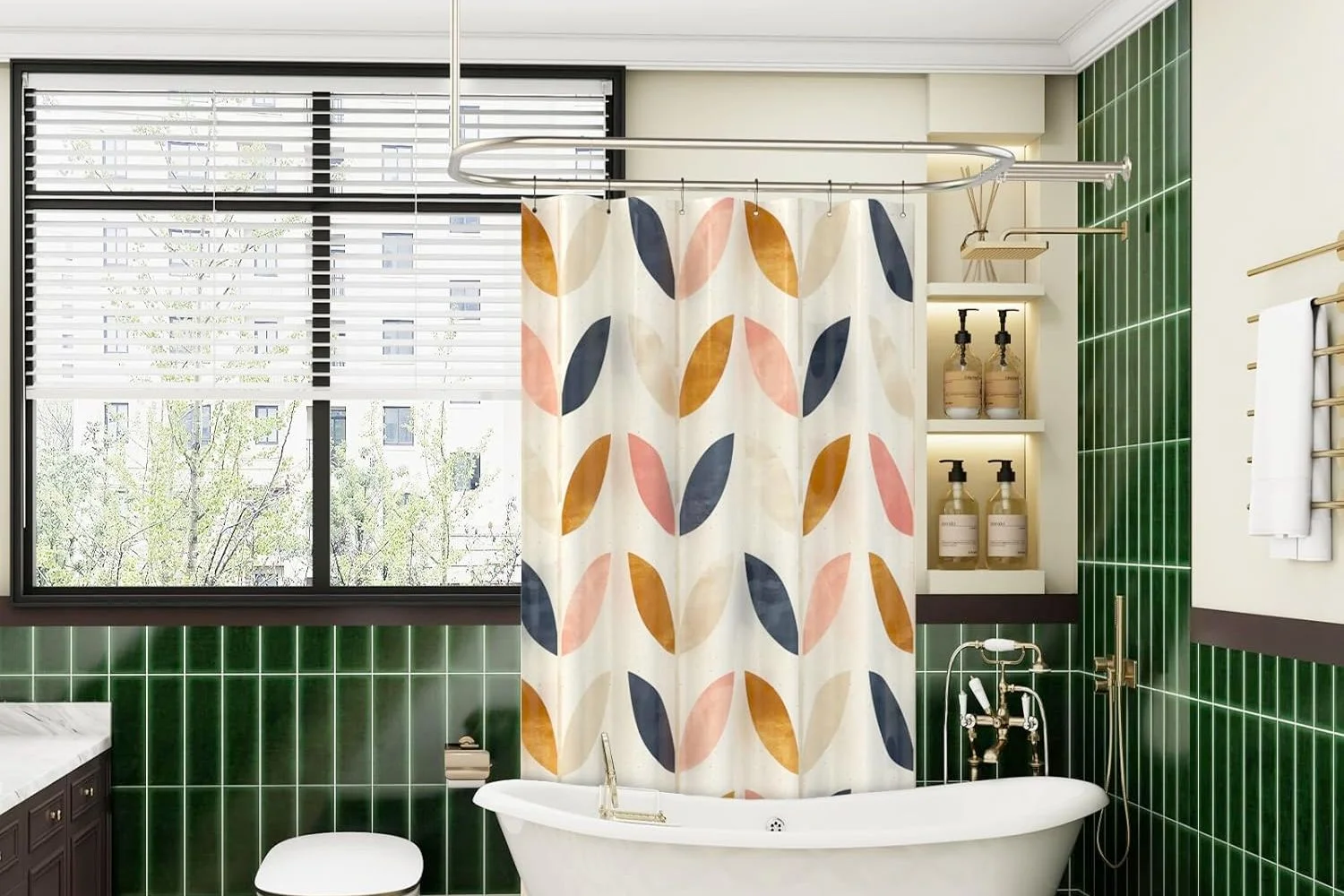

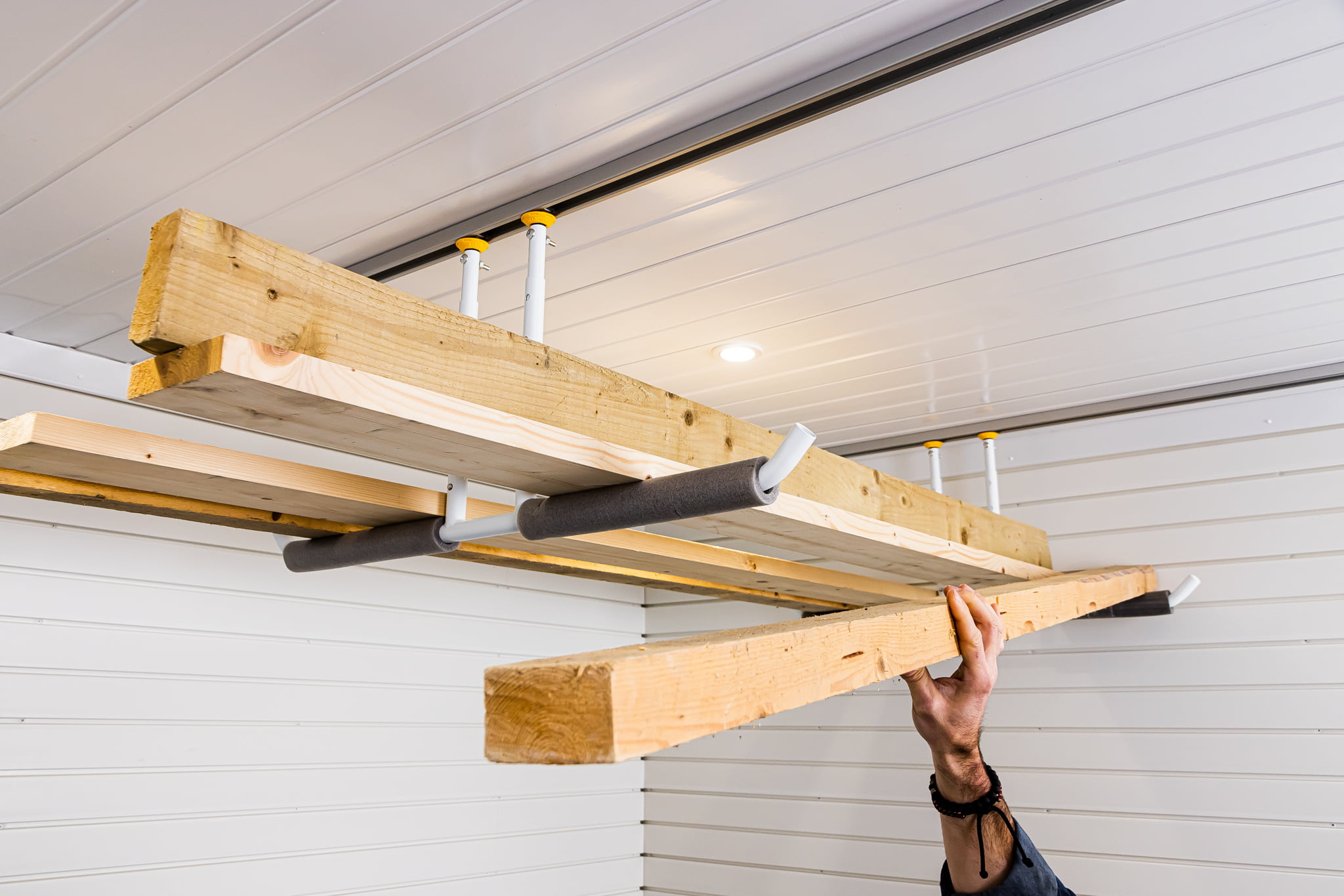

0 thoughts on “How Much Weight Can An Aluminum Pergola Hold?”